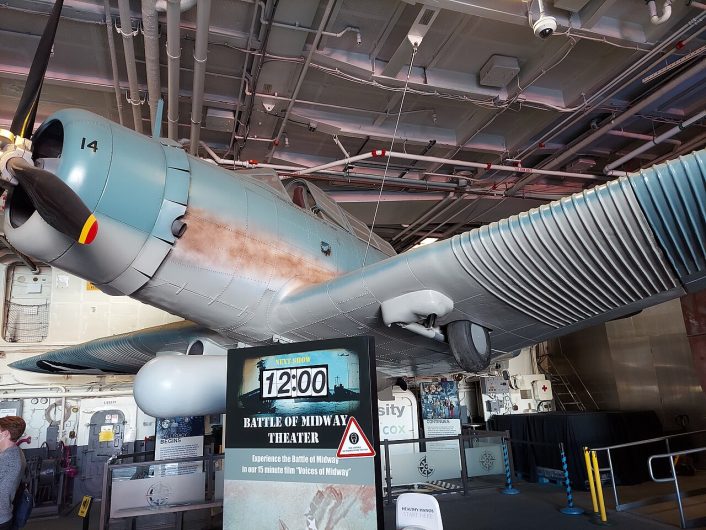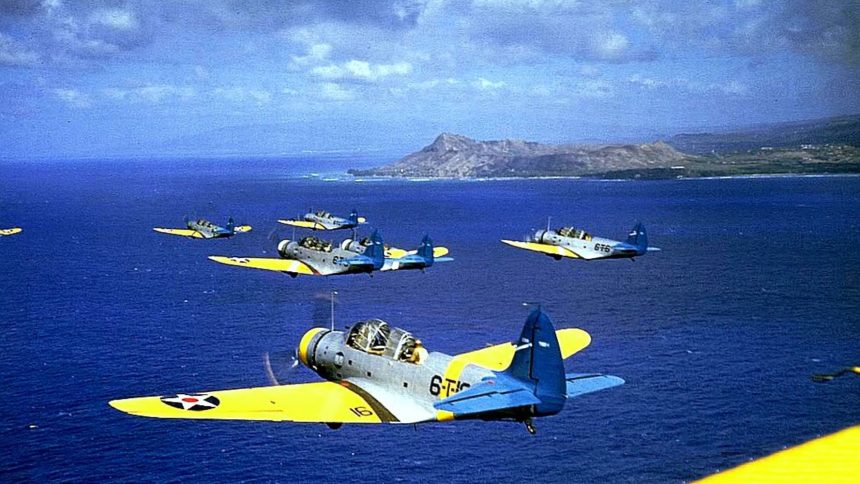Highly advanced at the time of production, the Douglas TBD-1 incorporated many new innovations but was outclassed and nearly obsolete by the time it saw combat.
Developing the Devastator
Originating out of a requirement initiated by the U.S. Navy Bureau of Aeronautics in early 1934 for a new carrier-based torpedo plane, the Douglas XTBD-1 prevailed over entries by Great Lakes Aircraft Corporation, Hall Aluminum Aircraft Corporation, and other firms. The Navy needed a new torpedo bomber for its growing carrier fleet, with the USS Ranger to be commissioned later in the year. Douglas’s XTBD-1 would feature many new developments over the contemporary aircraft in use.
A single prototype XTBD-1 was produced. The aircraft was a low-wing monoplane that was of all-metal construction other than fabric covering the elevators and rudder, the wings folded mechanically at about half-span for storage on crowded aircraft carriers. The main landing gear retracted, but the wheels remained half exposed below the wing’s lower surface to help prevent damage and insure safety of the crew in the event of a wheels-up landing. The arresting hook was mounted just in front of the fixed tailwheel. A three-man crew would be housed in a single enclosed cockpit, consisting of a pilot, bombardier/torpedo officer, and radio operator that doubled as the rear gunner. A single lengthy continuous canopy covered the crew compartment. Power came from a Pratt & Whitney XR-1830-60 radial engine producing 811 horsepower driving a metal three-bladed controllable pitch propeller.
Armament consisted of two Browning machine guns; one in a fixed forward firing position either in .30 (7.62mm) or .50 (12.7mm) caliber, and one .30 caliber mounted at the rear of the cockpit on a flexible mount to protect the rear of the aircraft (some aircraft were equipped with twin .30 caliber machine guns in the rear mount as an improvement). It could carry a single Mark 13 torpedo semi-recessed in the fuselage or up to 1,000 lb. of bombs mounted on wing roots and inside the fuselage. When used as a bomber, the bombardier laid in the prone position on the cockpit floor to operate the Norden bombsight through a small window.
The prototype XTBD-1 first flew on Apr. 15, 1935. Testing proceeded smoothly, and within nine days of the initial flight, the aircraft was able to be transferred over to the U.S. Navy. Over the next nine months the Navy conducted service trials on the aircraft. Carrier trials were conducted on the USS Lexington.
Modifications to the prototype included an upgraded engine to the Pratt & Whitney R-1830-64 Twin Wasp, 14 cylinder radial engine that increased horsepower up to 900 horsepower. The engine cowling was also changed to a more aerodynamic design, and the original flat canopy was redesigned to allow better visibility from the cockpit.
Only one other variant of the TBD-1 was built, a single floatplane model designated the TBD-1A, with twin floats. The idea was to procure a catapulted torpedo bomber for use on ships other than aircraft carriers, but it was never produced.
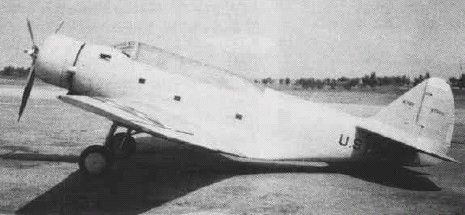
Into Production
With a contract signed in Feb. 1936 for a total production of 129 aircraft, Douglas began delivery on June 25, 1937, with the first squadron, VT-3, (torpedo squadron 3) receiving them in late 1937. The U.S. Navy now had the world’s most advanced torpedo-bomber in inventory. Firsts for the TBD-1, as the production model was designated, included being the first Navy carrier-based monoplane, the first Navy all-metal low-wing aircraft, and the first Navy aircraft with hydraulically folding wings. The wings folded at approximately the half-way point, and folded up and inward towards canopy. The hydraulic system was underpowered, and on windy days the wings needed assistance to move.
The production model would have a maximum speed of 206 mph and a cruising speed of 128 mph. Service ceiling was 19,700 ft. and range was over 400 miles. The aircraft weighed in at 6,182 lb. empty, 10,194 lb. at maximum take-off weight. Wingspan was 50 ft., length 35 ft., and it was 15 ft. tall.
The U.S. Navy ordered carriers equipped with the Douglas TBD-1 including the Wasp, Enterprise, Saratoga, Hornet, Ranger, Lexington and Yorktown.
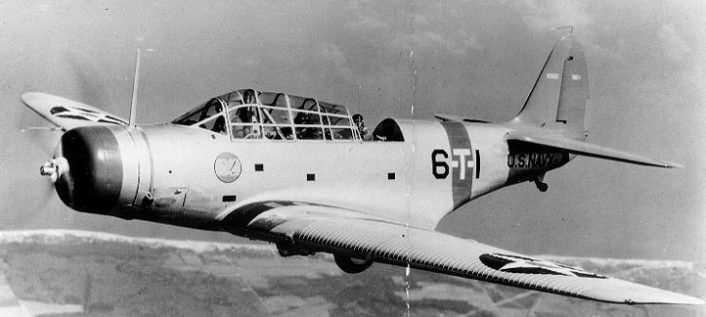
Into the Fire
When the United States entered World War Two, 100 TBD-1s were in service. In the Marshall and Gilbert Islands in 1942, the aircraft was used with good results as a bomber, attacking troop transports and lesser ships. Marcus and Wake Islands also saw successes from the TBD-1s as well as New Guinea on Mar. 10, 1942. In May the TBD-1, now known as the “Devastator”, was used in the Battle of the Coral Sea. On May 7, TBD’s from the USS Yorktown and USS Lexington, in conjunction with Douglas SBD “Dauntless” dive bombers, hit and sank the Japanese carrier Shoho. The Shoho went down within 30 minutes, and several hundred of her crew perished. It was the first Japanese aircraft carrier sunk during the war, and the attack cost the Americans the loss of three aircraft. The battle disrupted the Japanese plans to invade Australia.
It was also at Coral Sea that issues arose with the U.S. Navy’s Mark 13 torpedo. It was discovered that many did not detonate upon impact and also some ran deeper than the set depth. The attack on a second Japanese carrier, Shokaku, had brought these issues to light when not a single hit was recorded against it.
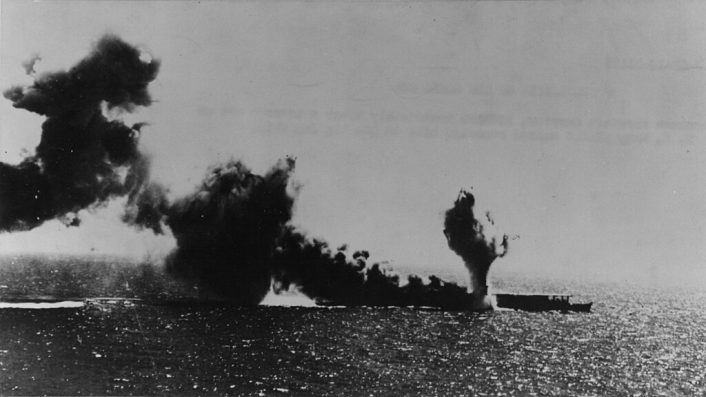
The Devastators are Devastated
The undauntedness of carrying out a torpedo attack in a slow aircraft after losing your fighter cover and knowing your torpedoes are defective, flying at speeds below 115 mph in a lengthy straight-line attack, with the skies filled with enemy fighters and anti-aircraft fire cannot be overstated. But that is exactly what happened on June 4, 1942 during the Battle of Midway.
The USS Enterprise, USS Yorktown, and the USS Hornet launched a total of 41 Devastators against the Japanese fleet. The TBDs lost contact with their fighter escorts in route yet pressed home their torpedo runs. The slow speed, lack of maneuverability, lack of fighter cover, and the fact they had to fly so slow in a straight line for so long, made them easy targets for the Japanese fighters and the gunners onboard the Japanese ships. No torpedo hits were recorded, although some may have hit but failed to explode. Some of the Devastators managed to strafe the ships with machine gun fire and the results of the torpedo attack caused the Japanese carriers into sharp evasive maneuvers. A total of 35 Devastators were lost that day. All of these distractions at low level gave the high flying SBD Dauntless dive bombers an opportunity to score hits on the carriers.
Perhaps the TDB-1 is most famously known by the destruction of Torpedo Squadron 8, (VT-8) of the USS Hornet. All fifteen Devastators sent out that day in June were shot down during their torpedo attacks on the Japanese carriers at Midway. Only one man that flew that day with VT-8 survived, Ensign George Gay, who clung to his seat cushion in the water after his crew was killed and his plane destroyed, witnessing the battle play out. Gay was rescued by a PBY Catalina flying boat after spending over 30 hours in the water.
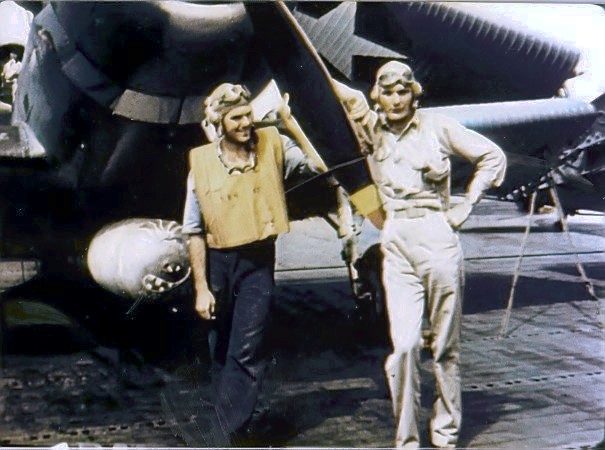
Obvious Obsolescence
After the Battle of Midway, the Navy withdrew the remaining inventory of TBD-1s from frontline service, relegating them to other duties including training, the last one leaving Navy inventory in late 1944. The Grumman TBF Avenger was coming into service at the time of Midway, and replaced the TBD-1. The once state of the art torpedo aircraft was now obsolete and somewhat forgotten, being made in smaller numbers and only remembered for its poor performance at Midway. However, the aircraft did perform well prior to Midway despite its 1930’s design. There are no surviving TBD-1s left above sea level, but several wrecks have been located on the ocean floor, and plans have been made to raise some. A mockup Devastator built for the 2019 film Midway is on display at the USS Midway museum in San Diego, California.
